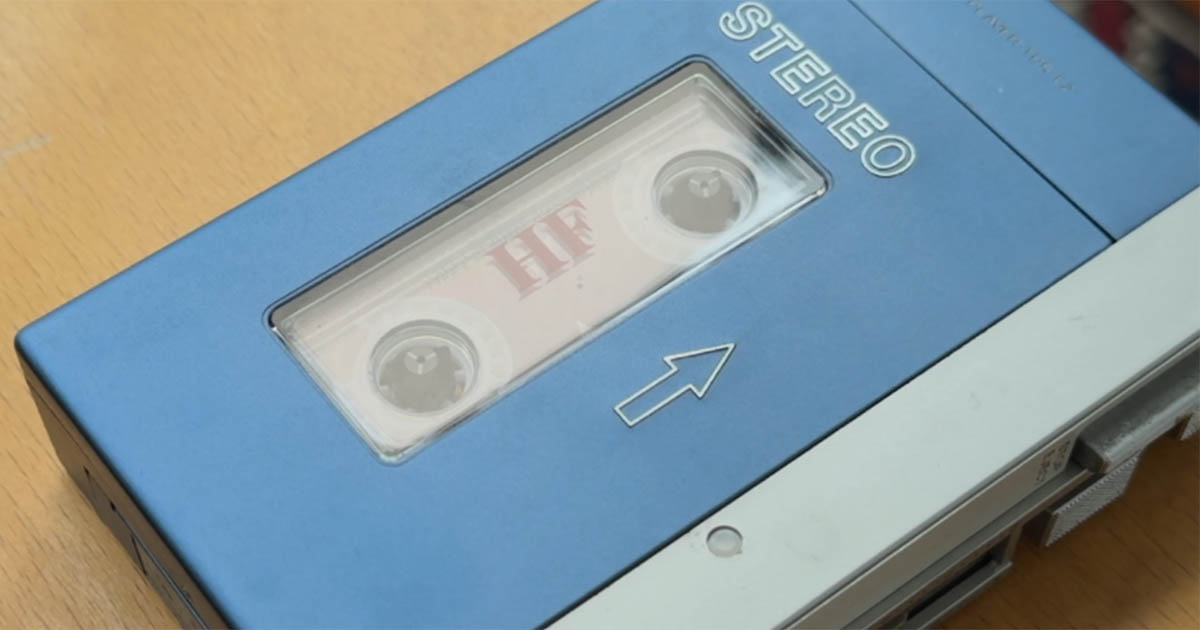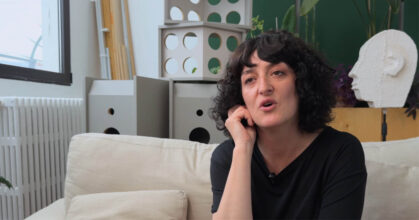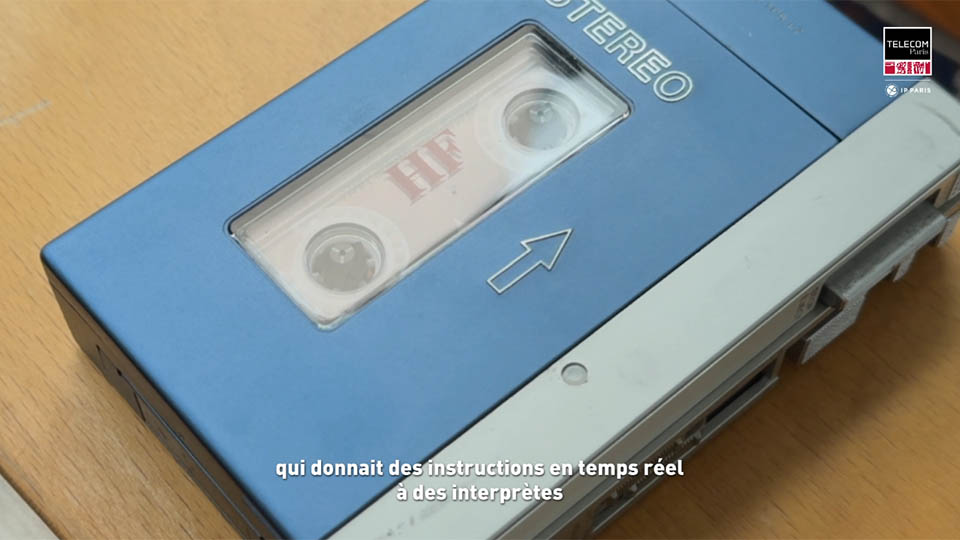Please, Listen to This! A direct sound experience in an urban environment
22 July 2024
 This is a performance art project supervised by the associate professor Dominique Blouin, the sound artist Lauren Tortil (photo) and the post-doctoral researcher Rizwan Parveen, which fuses sound art and information technology. The project was inspired by the launch of Sony’s first Walkman in 1979, when journalists discovered the product through a live orchestrated sound experience. It proposes to recreate a similar performance with current technologies, using smartphones to broadcast synchronised sound recordings in real time to an audience and performers moving around the urban space.
This is a performance art project supervised by the associate professor Dominique Blouin, the sound artist Lauren Tortil (photo) and the post-doctoral researcher Rizwan Parveen, which fuses sound art and information technology. The project was inspired by the launch of Sony’s first Walkman in 1979, when journalists discovered the product through a live orchestrated sound experience. It proposes to recreate a similar performance with current technologies, using smartphones to broadcast synchronised sound recordings in real time to an audience and performers moving around the urban space.
Lauren Tortil : « As part of the ‘Artishow’ programme with students from Télécom Paris, we are working on a computer programme for my next performance entitled ‘Du son pour faire silence‘ (« Sound to create silence ») […].
This performance will be presented in Japan as part of the Nuits Blanches à Kyoto in September 2024. It receives support from Institut Français du Kansai (Kansai French Institute), Villa Kujoyama, Institut Français du Japon (French Institute in Japan), Bettencourt Schueller Foundation, Fondation des Artistes (Artists’ Foundation) and Eur CAPS. »
Lauren Tortil, students Sacha Khosrowshahi, Tania Mahandry, Noa André and R&D engineer Jean-Sébastien Gomez tell about this highly original project:

Interview: Noémie Larotte – Video: Michel Desnoues
A performance art project at the crossroads of sound and digital arts
Please, Listen to This! involves human beings in a situation where they listen to headphones – connected and collective – in an urban space. To orchestrate this mediated situation (via smartphones), the artist proposes to draw inspiration from the launch in Japan of the first portable cassette player, the Sony TPS-L2 Walkman. An iconic object, the Walkman is the sound technology that revolutionised listening from the 1980s onwards, enabling both individual listening and the mobility of users.
At the time, the launch was regarded as original because it took place outdoors with a small group of journalists. After each journalist received a Walkman, they were invited to put on their headphones and press play. The recorded tape explained how the device worked and described in real time a series of demonstrations performed before their eyes by participants in the park. For the occasion, Sony had asked its employees to take part in this grand orchestration. They all wore T-shirts emblazoned with the Walkman logo and took part in a leisure activity in the park (rollerblading, tandem, skateboarding, etc.) equipped with the Walkman. Through this experience, the journalists were able to discover the audio quality of the new product, while seeing how users could use it in different outdoor situations.
This event caught the artist’s attention because it has so much in common with performance art. This audio cassette, more than a simple demonstration, could be likened to a score. It brings together a group of journalists, who have become spectators, in the same place at a specific time. It transmits instructions that enable the group of employees to arrange themselves and act in a given space. It is both the score and the sound archive of this orchestrated event: it describes, organises and records the succession of events that must take place – to ensure the success of the launch – in the park, under the gaze of the journalists. It offers a mediated experience in which the sound description, audible through the device, is superimposed on the physical experience: a superposition between past and present, between the time of the anticipated recording and the real time of the execution.
Please, Listen to This! will draw inspiration from this historic event – preserving the process, the mediated experience and the initial arrangement of bodies – to propose a new performance using current portable sound technologies. Using a computer programme, these technologies will transmit information in real time to two distinct groups: the performers and the audience.